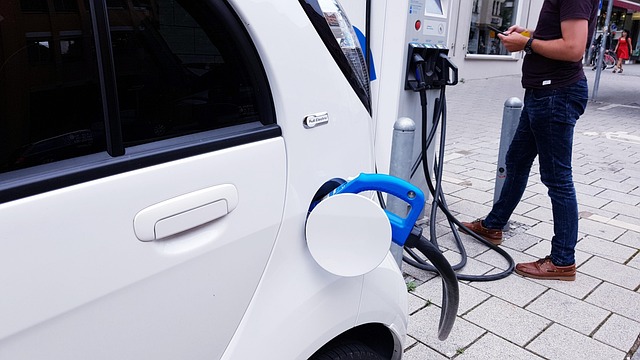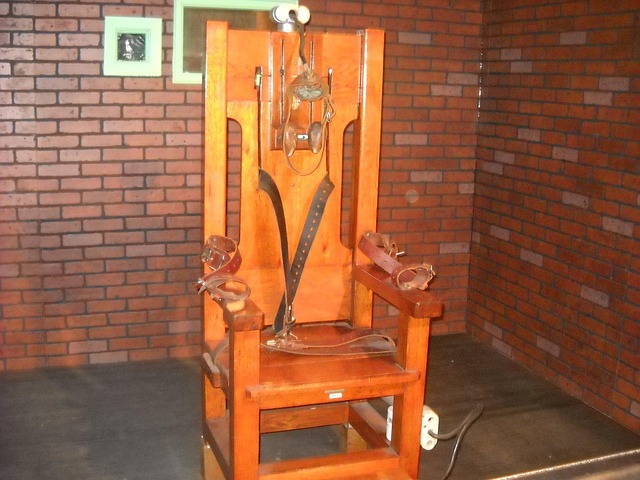
Dashboard Warnings
Understanding Dashboard Warnings
Dashboard warning lights are like your car's way of talking to you. They flash, blink, and sometimes stay lit to let you know when something needs attention. But what do all these lights really mean? 🤔
The Basics of Dashboard Lights
Every car comes equipped with a variety of dashboard lights, each serving a specific purpose. Some are pretty straightforward, like the seatbelt reminder or the fuel light. Others, however, can leave even the most seasoned drivers scratching their heads.
It’s important to understand that these lights are your vehicle’s way of communicating potential issues. Ignoring them can lead to bigger problems down the road. So, let’s break down some of the most common warning lights you might encounter:
- Check Engine Light: This is perhaps the most infamous light. It could mean anything from a loose gas cap to a serious engine issue. If this light comes on, it’s wise to get it checked out.
- Oil Pressure Warning: If this light illuminates, it indicates that your engine oil pressure is low. This could lead to severe engine damage if not addressed promptly.
- Battery Warning: A battery light means there’s an issue with your vehicle’s electrical system. It could be a dying battery or a problem with the alternator.
- Brake Warning: This light can indicate several issues, from low brake fluid to a problem with the brake system itself. If this light comes on, it’s best to stop driving and check it out.
Why You Shouldn’t Ignore Them
Many drivers tend to overlook warning lights, especially if their vehicle seems to be running fine. However, as Raul Arbelaez from the Insurance Institute for Highway Safety points out, vehicles today are so reliable that it’s easy to dismiss these alerts. But ignoring a warning light can lead to costly repairs and safety hazards. 🚗💨
Decoding the Dashboard
Understanding what each light means can help you take proactive steps in maintaining your vehicle. Here are a few tips to help you decipher your dashboard:
- Consult Your Owner’s Manual: Your car’s manual will have a section dedicated to dashboard lights. Familiarizing yourself with these can save you time and stress.
- Use a Diagnostic Tool: If the check engine light comes on, using an OBD-II scanner can help pinpoint the issue. These tools are widely available and can provide valuable insights.
- Regular Maintenance: Keeping up with regular maintenance can help prevent warning lights from appearing in the first place. Regular oil changes, brake checks, and tire rotations are essential.
Conclusion
Dashboard warning lights are an essential part of vehicle safety and maintenance. Understanding what they mean and responding appropriately can help keep your car running smoothly and safely. So, the next time a light pops up, don’t just ignore it—take the time to figure out what it’s trying to tell you! 🌟

















 Luxury Cars of Lexington
Luxury Cars of Lexington 
 Health
Health  Fitness
Fitness  Lifestyle
Lifestyle  Tech
Tech  Travel
Travel  Food
Food  Education
Education  Parenting
Parenting  Career & Work
Career & Work  Hobbies
Hobbies  Wellness
Wellness  Beauty
Beauty  Cars
Cars  Art
Art  Science
Science  Culture
Culture  Books
Books  Music
Music  Movies
Movies  Gaming
Gaming  Sports
Sports  Nature
Nature  Home & Garden
Home & Garden  Business & Finance
Business & Finance  Relationships
Relationships  Pets
Pets  Shopping
Shopping  Mindset & Inspiration
Mindset & Inspiration  Environment
Environment  Gadgets
Gadgets  Politics
Politics 